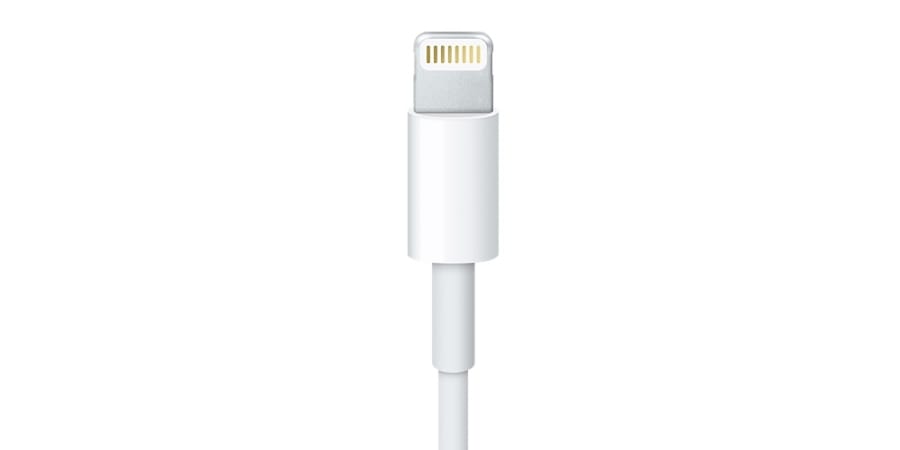An Argument For Wireless Audio in iPhone 7
Newest turmoil around iPhone is now the lack of 3.5mm headphone jack. Apple, at least Phil Schiller believes it is “courage” to remove headphone jack to move toward wireless future. Several arguments had been made against it, and here are some of them that hold up to criticism.
- Wires are still prominent way-to-go for high end audio systems. It’s not a courage, but a step backward to remove the headphone jack.
- To share one port, the lightning port, for audio, charging, and any additional accessories, will double the wear and shorten the lifespan of lightning port.
The first argument, I expect other audiophiles to have their take. I’ve read some of the interesting arguments for new 3rd party DAC, along with their lack of trust in Apple ecosystem for any real audiophiles. Needless to say, I haven’t met any audiophiles that involve around Apple gizmos for their audio setup. iPhone is an interesting choice for a smartphone, but they didn’t choose iPhone over its sound quality. There are portable FLAC players available as well. There is no need to stick with 256kbps Apple Music when you can have the un-compromised source, including FLAC, CD, LP, and etc.
The second argument, as nerdy as it sounds, seems to make sense at hindsight. And today, with my iPhone 7 arrived, I realized the argument doesn’t hold up. The lifespan of a lightning port is much longer than you’d imagine. I have a dock from Elevation Lab. It’s made out of aluminum brick, and it’s gorgeous. I was part of its initial crowd funding on Kickstarter. The only fault in the dock is that, not only it’s expansive, it does not provide any charging cable with it. So, with the lightning cable you already have, you’d bend it so that it will lodge inside the dock and be used as a charging port when you plug the phone in. The cable I use arrived with iPhone 5, the original, first ever, iPhone delivered with Lightning cable. The argument had been made back then as to the removal of audio-transmitting feature, (unlike 30-pin cable, lightning cable does not transmit analog audio) but we know how it settled. Nobody cared. Now we are back at it audio debate again, 5 years later.
I still use that cable, and I’ll be using the same cable for iPhone 7 dock. The only reason why I am upgrading is because the width of an iPhone has changed since iPhone 6. And I haven’t been able to find thin-enough iPhone cases that will work within small Elevation Dock 1 that supports iPhone 4 with cases on. Back to the lightning cable, I’ve used it 4 years full. No problem so far, no snapping, and the connection port is still working. I won’t know until it actually breaks down, but I believe it is fair to say that it will survive another year. But let’s work with the number I have. Consider yourself wire-enthuasiast who chose to stick only with 3.5mm headphones. During the day time, the port will be taken up by a lightning to 3.5mm adaptor, and during the night time, by the charger. It will cut the life span of your phone’s port in half. So roughly speaking, you’d get 2 years and plus lifespan with your iPhone’s lightning port.
I’m going to work with an assumption maximum lifespan of a smartphone is up to 5 years. Not many upgrade their phones with specific cycles. I’ve been upgrading every 2 years. 2-3 years sound average. There are people who upgrade within a year, (hopping to a new phone whenever a new one comes out, regardless of OS), and there are people who upgrade every 4 or 5, and or just never until it breaks. OS support stops after 5 years, and it’d be pointless to keep using an out-dated phone. In fact, most of the apps I have stopped supporting iOS6. Practically speaking, you have to upgrade every 4 years. To sum it up, if your port survives for at least 4 years, you are good to go. The argument 2 won’t apply to most use cases, if I can provide a use case of lightning port with 8 years and plus .
For the sake of full disclosure, my use case only proves your iPhone 7’s lightning port, cable, and 3.5mm adaptor will survive for 2 years and plus. I won’t know if it will survive full 4 years until 2020. In fact, only way to get my hands on real use case that proves a port lasted 8 years (since the wear will be doubled, we are looking for 8) is to look for a person still using iPhone 3G. Even then, it only proves 30-pin port would have lasted 4 years of shared audio/charging port. For piece of mind’s sake, iPhone 5 still works well for those who have it. You can easily find people who are still using it, and they’ve been using that port for 4 years. Another good cases that prove lightning port will survive for at least 2 years and plus. For most of us, argument 2 just can’t escape the ivory tower.
I believe what matters the most in this 3.5mm debate is whether you’d be heavily affected by it. I know audiophiles hate bluetooth. FLAC audio files tend to have average of 1.4mbps. (It’s lossless, it can go all the way up to 1tbps, if you need it to) But average consumers like bluetooth, because it can deliver 320kbps without problems. Some might be concerned over latency issues, but no matter. The lack of wire still help to enhance the joy of listening good music. If you have too many wired headphones, perhaps it’s a good time to explore wireless options and bluetooth adaptors. All things considered, don’t panic.
